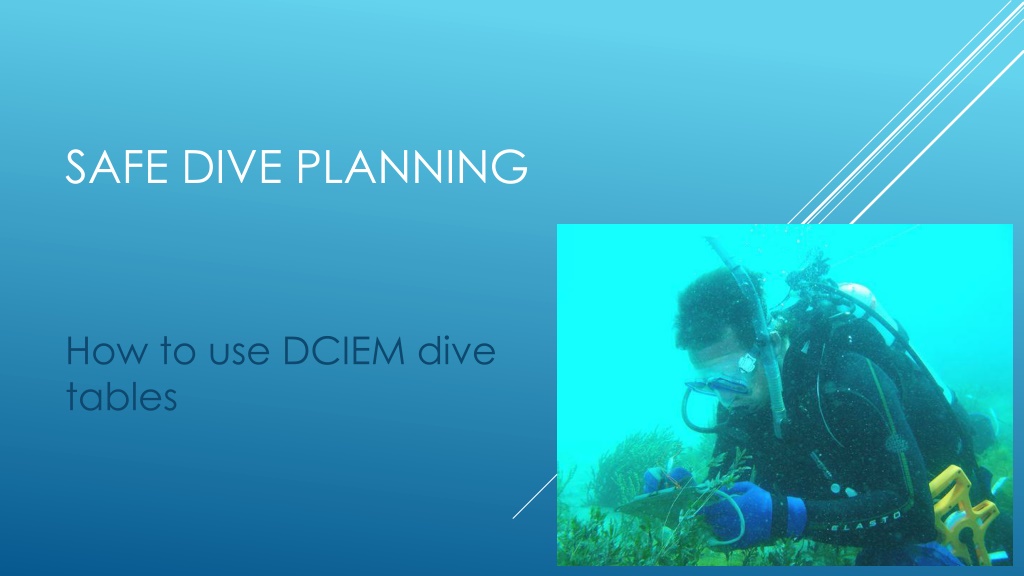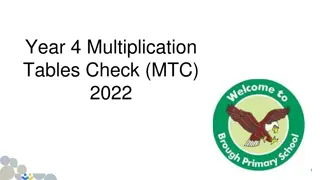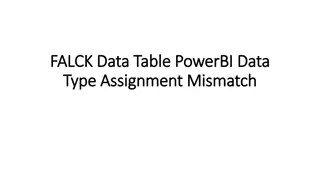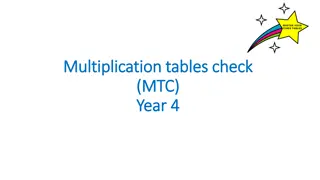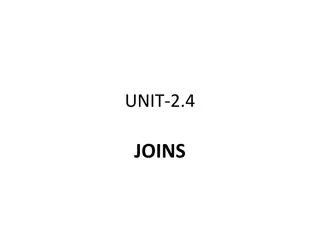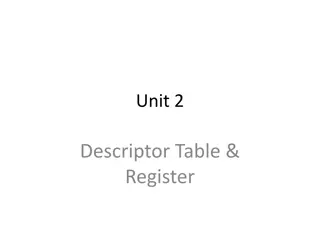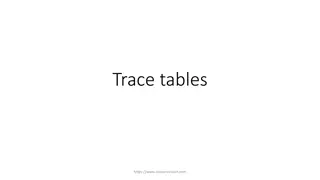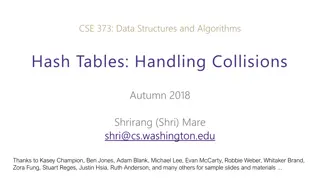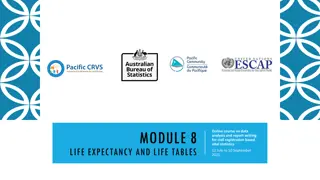Safe Dive Planning Using DCIEM Dive Tables
Dive safely with the help of DCIEM dive tables for planning multiple dives, calculating repetitive groups, surface intervals, and effective bottom times. Understanding factors like residual nitrogen is vital for a safe diving experience. Utilize the tables to determine limits and guidelines for each dive, ensuring proper decompression and safety stops when necessary.
Download Presentation

Please find below an Image/Link to download the presentation.
The content on the website is provided AS IS for your information and personal use only. It may not be sold, licensed, or shared on other websites without obtaining consent from the author.If you encounter any issues during the download, it is possible that the publisher has removed the file from their server.
You are allowed to download the files provided on this website for personal or commercial use, subject to the condition that they are used lawfully. All files are the property of their respective owners.
The content on the website is provided AS IS for your information and personal use only. It may not be sold, licensed, or shared on other websites without obtaining consent from the author.
E N D
Presentation Transcript
SAFE DIVE PLANNING How to use DCIEM dive tables
SAFE DIVE PLANNING - DCIEM DIVE TABLES Dive 1, Dive to depth to 18m with a Bottom Time (BT)of 30 mins. Refer to DCIEM Table A: Dive 1 Depth 18m with Bottom Time (BT) of 30 mins therefore Repetitive Group (RG) equals D.
SAFE DIVE PLANNING - DCIEM DIVE TABLES Dive 2. We are planning a second repetitive dive we then refer to DCIEM Table B: Surface Intervals. Since we finished up Dive 1 with a Repetitive Group (RG) of D and we have planned a 30 to 45 min Surface Interval (SI), Repetitive Factor (RF) equals 1.5. Note, determining the RF is vital to safe repetitive dive planning as it takes into consideration the Residual Nitrogen built up in the diver s body.
SAFE DIVE PLANNING - DCIEM DIVE TABLES Dive 2 is proposed to maximum depth of 15m. We then must refer to DCIEM Table C: Repetitive Diving. Since we have a RF of 1.5 and depth of 15m, we therefore have a No Decompression (No-D) diving limit of 41 mins. Important to outline the No Decompression safe diving limits before undertaking the dive, if the dive team go over this time during the dive, they will need to implement an Emergency Decompression Safety Stop to off- gas before returning to the surface, i.e. generally 3m depth for 5mins.
SAFE DIVE PLANNING - DCIEM DIVE TABLES Dive 2, we undertake second dive to a depth of 15m with a Bottom Time (BT) of 40 mins, Therefore RG = D.
SAFE DIVE PLANNING - DCIEM DIVE TABLES Dive 2, we undertake second dive to a depth of 15m with a Bottom Time (BT) of 40 mins, Therefore RG = D. NO INCORRECT
SAFE DIVE PLANNING - DCIEM DIVE TABLES To correctly calculate for Repetitive Diving, we must calculate Effective Bottom Time (EBT) which takes into consideration the Residual Nitrogen. Effective Bottom Time (EBT) = Repetitive Factor (RF) x Bottom Time (BT) EBT = RF x BT EBT = 1.5 x 40 mins = 60 mins DCIEM Table A: Dive 2, 15m with EBT of 60 mins = RG of F
SAFE DIVE PLANNING - DCIEM DIVE TABLES Dive 3 We are planning a third repetitive dive we must refer to DCIEM Table B: Surface Interval. We finished up Dive 2 with a RG of F and we have a scheduled 1 hour Surface Interval (SI) therefore Repetitive Factor (RF) equals 1.6.
SAFE DIVE PLANNING - DCIEM DIVE TABLES Dive 3. We then refer to DCIEM Table C: Repetitive Diving. Proposed third dive to maximum depth of 15m, as we have a RF of 1.6, we have a No Decompression (No-D) diving limit of 38 mins.
SAFE DIVE PLANNING - DCIEM DIVE TABLES Dive 3, we undertake a third dive to a depth of 13m with a Bottom Time (BT) of 35 mins. Effective Bottom Time (EBT) = RF X BT EBT = 1.6 X 35 mins = 56 mins DCIEM Table A: Dive 3, 15m with EBT of 56 mins = RG of F.
SAFE DIVE PLANNING - DCIEM DIVE TABLES PARTIALLY CORRECT Since our RG after Dive 2 was F, then Dive 3 must automatically go down a Repetitive Group, therefore RG goes from a F to a G.
SAFE DIVE PLANNING - DCIEM DIVE TABLES Important To stay within safe diving limits the University only allows a maximum repetitive group of G if the hyperbaric chamber is > 2 hours away and up to H if the Hyperbaric chamber is < 2 hours away.
